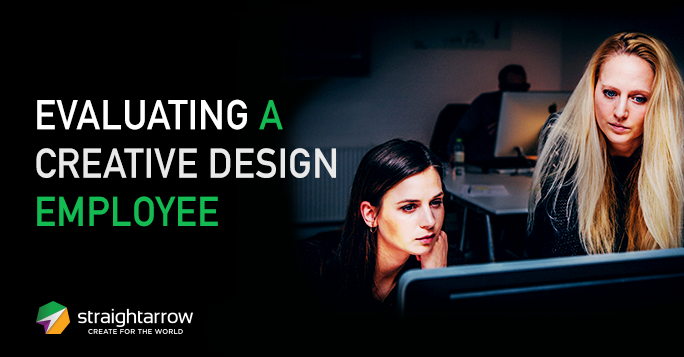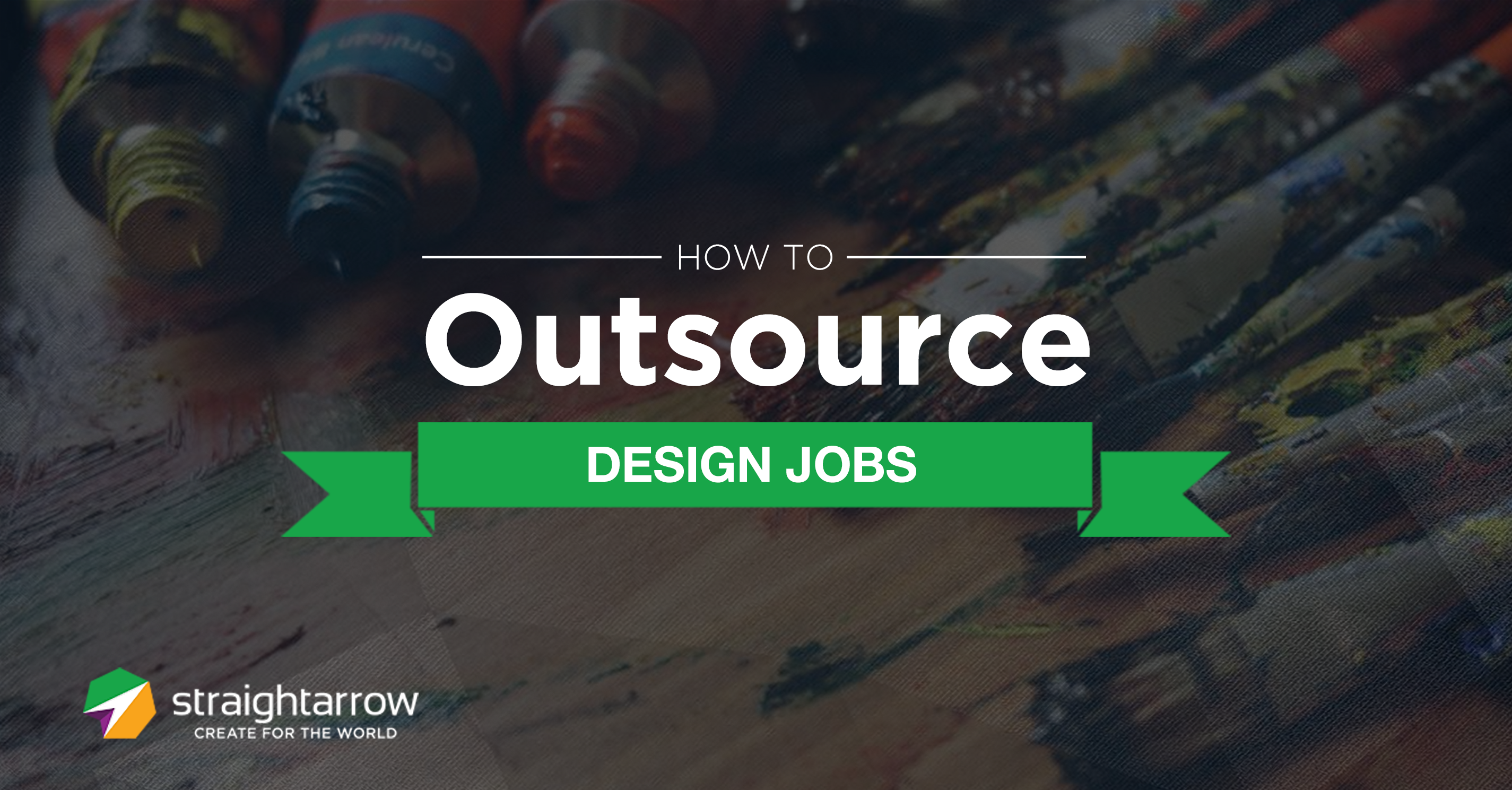
Giving and receiving constructive feedback is essential to all learning and development processes. But when evaluating visual projects of various sorts, it is easy to get lost in the world of visual communication, especially when everything feels so original, unique, or plainly subjective. Luckily, there are a number of clear criteria that can be exceptionally helpful when it comes to evaluating creative work:
Think before speaking
The first step to providing good feedback is understanding the meaning behind every decision made throughout the creative process. Make sure that you think about what you say thoroughly. Words have a great impact on designers as they tend to be more delicate about their feedbacks regarding their output-- negative comments are inevitable but making sure to balance it with the good comments will help them work more efficiently.
A trained eye sees only simple shapes, geometrical figures, directions and colours. Using such words is more even-handed and will definitely help the designer imagine and think more clearly. Whether the design works or not, the social media manager must be able to immediately distinguish what’s making the design “incomplete”. One must be able to closely work with the designer to achieve the look that it is appropriate for the audience and client.
Find emphasis
In a design, there are some elements that call more attention than everything else. That is what we call emphasis, and it is one of the most effective ways to express the core message of a creative concept. While evaluating a creative piece, always make sure to find emphasis and make sure that it supports the main objective of the project. Also, take note of necessary measurements like asking important questions after every evaluation.

Experimentation
Sometimes, if the reason behind the success of a visual design's impact is hard to pinpoint, you’ll just have to experiment with different studies. After seeing which study conveys the message of the project or embodies the objective better, you can then consult your designer to follow these elements. Also, never compare designers. Artists want to stand out from the rest, which is why maintaining a sense of individuality matters significantly.
Maximize Impact
It is also helpful to have the designers answer questions like, “Does the design make an impact? Is the vision clear? Does it communicate effectively?” Designers should always be aware of popular trends, especially in more contemporary settings, as those trends are vital in infiltrating the already design-saturated society that we live in. Still, with adequate limitations, they should also be mindful of when or how they apply those specific trends - thus, strategizing is key.

There is so much more to learn about critiquing an artistic work. Try to pay attention to the quality, composition, and overall visual aesthetic of the creative output. These elements combined together should help you create a well-structured evaluation, indicating room for improvement in the designer’s future projects.
According to one of StraightArrow’s own design experts, good designers must be able to visualize and understand what clients need for their business. An important factor to consider when evaluating a designer is his/her capability of creating a design that meets the objective of the client and their capability of managing their time wisely. The most important part of about the whole process is being able to trust the designer.
“ It's best to discuss with the designer about the problem trying to solve, not just what you like or you don't like. In fact, leave all your personal preference when giving a feedback.”
With all these creative insights, the main question boils down to what criteria should marketing managers use to evaluate their designer? It isn’t a question many folks stop to ask, which ends up miring discussions in matters of mere taste or preference. To keep discussions on track, focus on these:
- Does the creative work find a solution to the problem you want to solve?
- Is the design/style fit for your audience/client?
- Is there something that stands out from that work?
In other words, when evaluation becomes too subjective, just return to your objectives. The goals of the design project will provide much-needed focus amidst the boundless possibilities of art and design.
Do you have other insights on evaluating visual works? Sound off in the comments below!











Comments